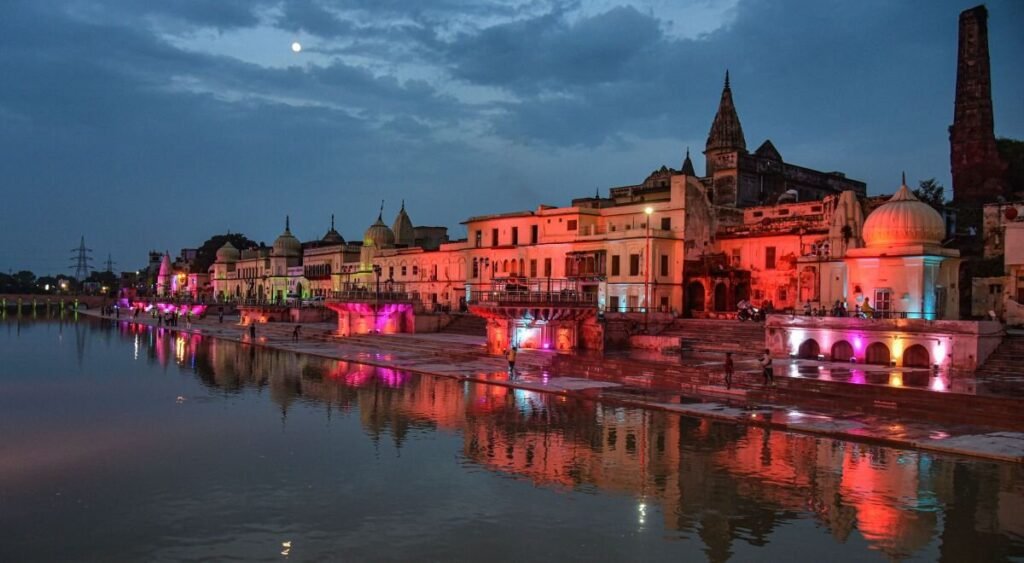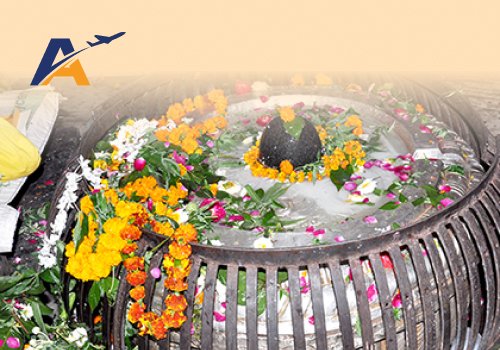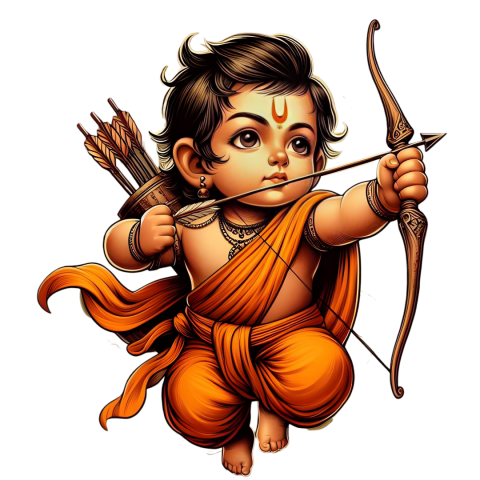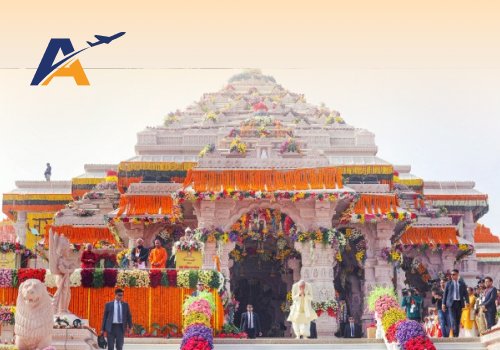History of Ayodhya
Ayodhya, also known as Saket, is an ancient city located in the Indian state of Uttar Pradesh. It holds great significance in Hindu mythology and is believed to be the birthplace of Lord Rama, the seventh avatar of the Hindu god Vishnu. Ayodhya is mentioned in the ancient Hindu epic, the Ramayana, as the capital of the ancient Kosala Kingdom ruled by King Dasharatha, Lord Rama’s father.
The city has a rich history dating back to ancient times, with archaeological evidence suggesting that it was inhabited as early as the 7th century BCE. Over the centuries, Ayodhya has been ruled by various dynasties, including the Mauryas, Guptas, and the Mughals.

In the 16th century, Ayodhya became a center of Vaishnavism under the reign of the Mughal emperor Akbar. He is said to have visited the city and constructed a grand temple at the site believed to be the birthplace of Lord Rama. However, this temple was later destroyed during the reign of the Mughal emperor Aurangzeb.
In more recent times, Ayodhya has been a focal point of religious and political controversy. The dispute over the Babri Masjid, a mosque built in the 16th century on the site believed to be the birthplace of Lord Rama, led to communal tensions and eventually the demolition of the mosque in 1992. This event has had far-reaching implications for the social and political landscape of India.
Important Places to
Visit in Ayodhya
The birthplace of Lord Rama, believed to be located at the site of the Babri Masjid, which was demolished in 1992. The site is currently under development for the construction of a Ram Mandir.
A temple dedicated to Lord Hanuman, known for its statue of Hanuman and its panoramic views of the city.
A temple dedicated to Lord Rama and Goddess Sita, known for its beautiful architecture and intricate carvings.

Nageshwarnath Temple
A temple dedicated to Lord Shiva, known for its historical significance and architectural beauty.

Treta Ke Thakur
A temple dedicated to Lord Rama, believed to have been established by his sons, Lava and Kusha.

Valmiki Ramayan Bhawan

Guptar Ghat
A sacred ghat on the banks of the Sarayu River, believed to be the spot where Lord Rama took Jal Samadhi.

Kaleramji Ka Mandir

Ramkatha Park
A park dedicated to the epic Ramayana, featuring sculptures and dioramas depicting scenes from the life of Lord Rama.
faq's
FAQs about Ayodhya

Ayodhya is believed to be the birthplace of Lord Rama, a revered figure in Hindu mythology and the protagonist of the epic Ramayana.
Visitors to Ayodhya can explore various historical sites, including the Hanuman Garhi temple, the Kanak Bhawan temple, and the Nageshwarnath temple, among others.
Ayodhya is well-connected by road and rail. The nearest major railway station is in Faizabad, which is about 6 kilometers away from Ayodhya. The nearest airport is in Lucknow, which is about 140 kilometers away.
The best time to visit Ayodhya is during the winter months, from October to March, when the weather is pleasant and ideal for sightseeing.
Ayodhya is generally safe for tourists. However, it is advisable to take normal precautions and respect local customs and traditions while visiting the city.
Visitors are advised to dress modestly and follow the rules and regulations of religious sites in Ayodhya, especially when visiting temples and other sacred places.



